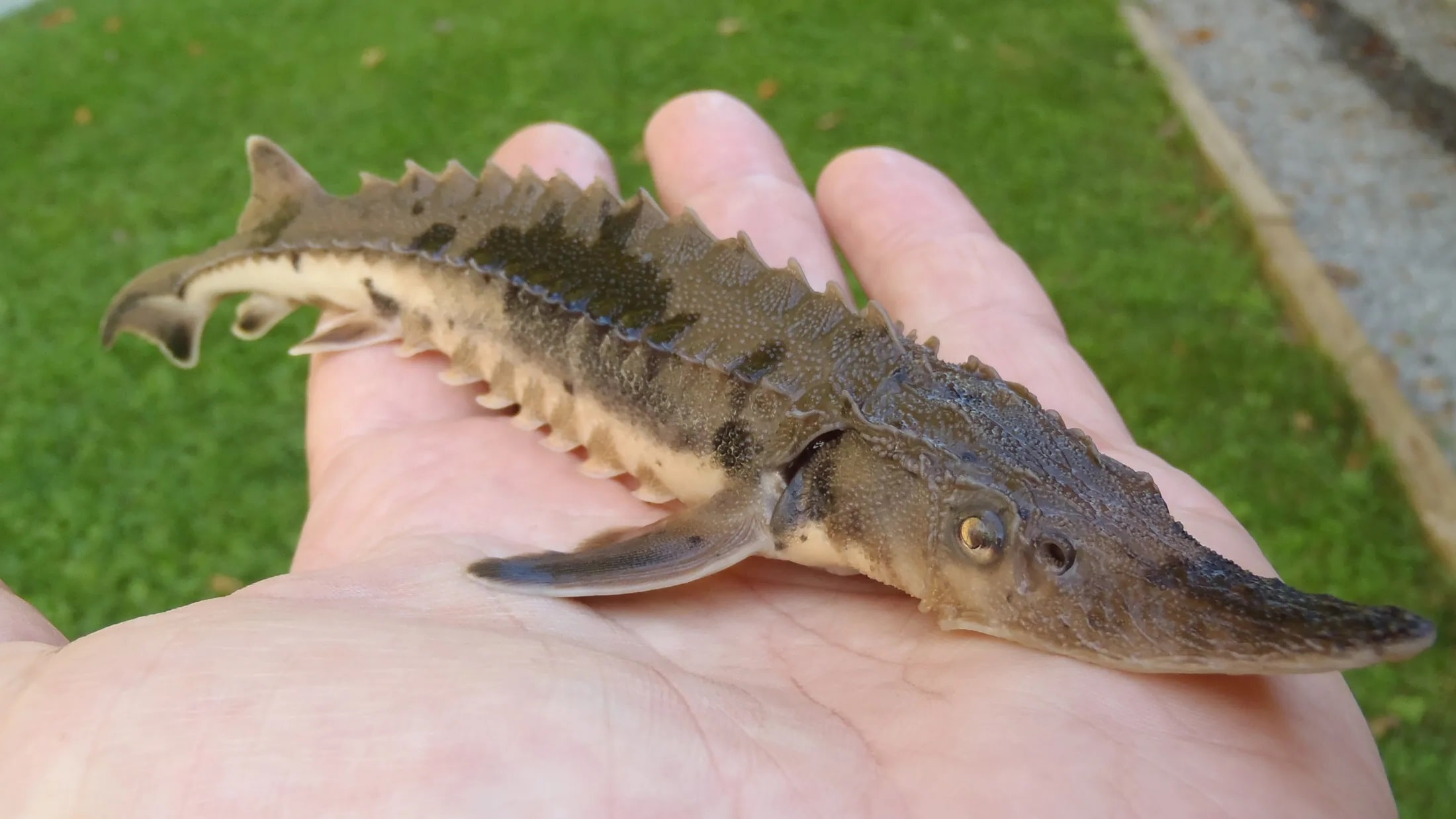
Lake Sturgeon are ancient fish that have roamed North American waters for over 150 million years. These fascinating creatures can grow up to 7 feet long and weigh over 200 pounds. Known for their bony plates instead of scales, they look like something out of a prehistoric era. Despite their tough appearance, they are gentle giants, feeding mostly on small invertebrates. Lake Sturgeon are also known for their impressive lifespan, living up to 100 years. Sadly, their numbers have dwindled due to overfishing and habitat loss. Conservation efforts are now in place to help these incredible fish make a comeback.
Ancient Giants of the Great Lakes
Lake sturgeon, often called "living fossils," have roamed North American waters for millions of years. These fascinating creatures are full of surprises.
-
Oldest Fish in the Great Lakes: Lake sturgeon can live over 100 years. Some have been found to be more than 150 years old, making them the oldest fish in the Great Lakes.
-
Prehistoric Origins: These fish have existed for over 150 million years. They swam alongside dinosaurs, surviving multiple mass extinctions.
-
Massive Size: Lake sturgeon can grow up to 7 feet long and weigh over 200 pounds. Their size makes them one of the largest freshwater fish in North America.
-
Slow Growers: It takes a long time for lake sturgeon to reach maturity. Males mature around 15 years, while females take about 20 years.
Unique Physical Features
Lake sturgeon have distinct characteristics that set them apart from other fish. Their unique features are both fascinating and functional.
-
Bony Plates: Instead of scales, lake sturgeon have bony plates called scutes. These provide protection from predators and rough environments.
-
Shovel-Like Snout: Their snout is long and flat, resembling a shovel. This helps them dig through riverbeds to find food.
-
Barbels for Sensing: Four whisker-like barbels hang from their snout. These sensory organs help them detect food in murky waters.
Reproduction and Lifecycle
The reproductive habits of lake sturgeon are as unique as their physical traits. Their lifecycle is a testament to patience and endurance.
-
Infrequent Spawners: Females only spawn every 4 to 9 years. This infrequent spawning makes population recovery slow.
-
Egg-Laying: A single female can lay up to 700,000 eggs at once. Despite the high number, many eggs and larvae fall prey to predators.
-
Long Incubation: Sturgeon eggs take about 8 to 14 days to hatch. The larvae then drift downstream to find suitable habitats.
Conservation Efforts
Due to overfishing and habitat loss, lake sturgeon populations have declined. Conservation efforts are crucial for their survival.
-
Endangered Status: Lake sturgeon are listed as a threatened or endangered species in many areas. This status helps protect them from overfishing and habitat destruction.
-
Restocking Programs: Many regions have restocking programs. These involve breeding sturgeon in captivity and releasing them into the wild to boost populations.
-
Habitat Restoration: Efforts to restore river habitats are ongoing. Clean water and suitable spawning grounds are essential for sturgeon survival.
Cultural Significance
Lake sturgeon hold a special place in the cultures of indigenous peoples and local communities. Their significance goes beyond their ecological role.
- Symbol of Strength: Many Native American tribes view the lake sturgeon as a symbol of strength and resilience. They feature prominently in myths and legends.
The Majestic Lake Sturgeon
Lake sturgeon, with their ancient lineage and unique characteristics, are truly fascinating creatures. These freshwater giants can live over 100 years, grow up to 7 feet long, and weigh more than 200 pounds. Their bony plates, called scutes, and their shark-like tails make them stand out in the aquatic world. Despite their impressive size and longevity, lake sturgeon face numerous threats, including habitat loss, pollution, and overfishing. Conservation efforts are crucial to ensure these remarkable fish continue to thrive in our waters. By understanding and appreciating the lake sturgeon, we can better protect them and their habitats. So next time you're near a freshwater lake, think about these incredible fish and the role they play in our ecosystem. Their survival depends on our actions and awareness. Let's make sure the lake sturgeon remains a part of our natural heritage for generations to come.
Was this page helpful?
Our commitment to delivering trustworthy and engaging content is at the heart of what we do. Each fact on our site is contributed by real users like you, bringing a wealth of diverse insights and information. To ensure the highest standards of accuracy and reliability, our dedicated editors meticulously review each submission. This process guarantees that the facts we share are not only fascinating but also credible. Trust in our commitment to quality and authenticity as you explore and learn with us.


